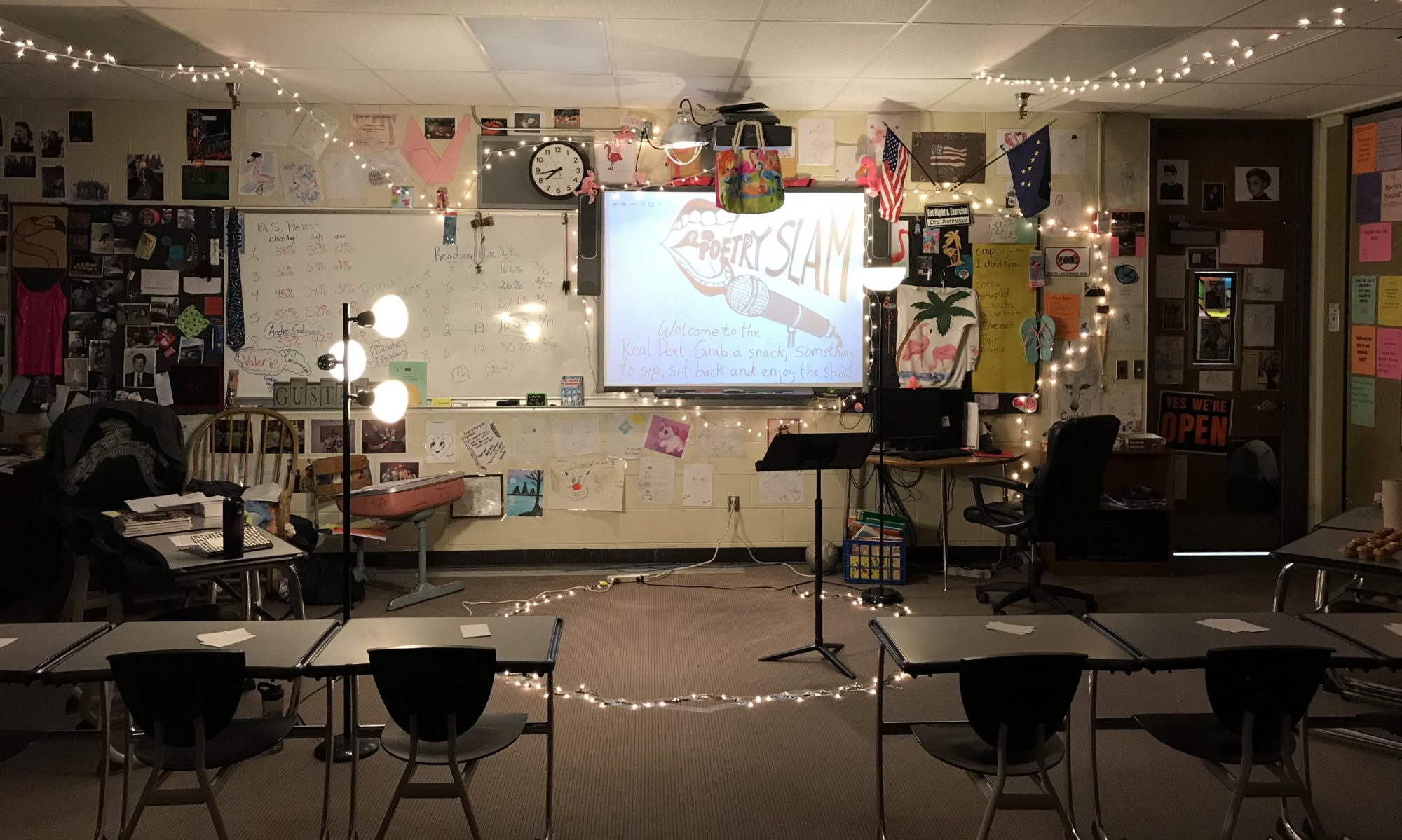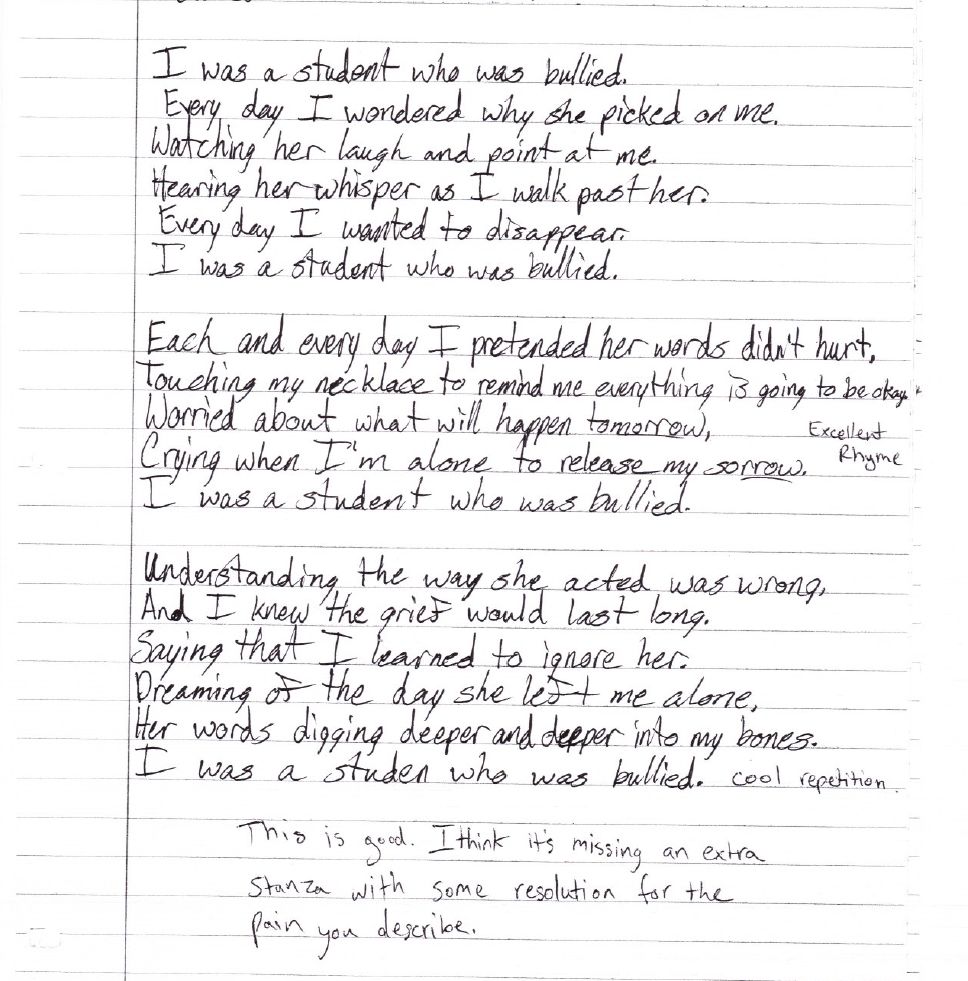All students come to school from different backgrounds and value systems. Some families do not value reading to their child, which challenges the student’s transition to school. Researchers suggest that kids who make a smooth transition and achieve early school success tend to reach higher levels of social competence and academic achievement (Pianta, Cox, Taylor, & Early, 1999). I think this is why my principal told me that, “Literacy is the most important thing we teach at our school. Middle and high school students can make it without math. Nobody makes it without strong reading skills.” Building each student’s identity as a reader will pay dividends throughout the remainder of their academic career.
No theorist or textbook-manufacturer can dictate a strategy that is appropriate for your class. In my classroom I will choose my teaching tools after surveying the skills and abilities of my students. I will follow Universal Design for Learning (UDL) guidelines to remove barriers to participating in my lessons. Providing students multiple means of representation, expression, and engagement will mean that every student can participate fully in the activity (CAST, 2011). For example, offering students textual, visual, and audiobooks will allow a story’s message to reach more students. While UDL is a good start to differentiation, it will also be necessary to plan educational interventions to help struggling readers catch up to their peers.
My philosophy of literacy learning is focused on engagement and student choice. Different stories engage different kinds of students. My experience in classroom instruction and support have taught me that a variety of book genres are needed to interest all students. What is genre? A genre is a form of text that uses a particular format and structure (Duke & Purcell-Gates, 2003).
As part of my required coursework for graduation, I read and annotated 50 trade books about Alaska from nine genres. I have included those annotations in this portfolio because a good teacher should have a wide experience with children’s literature to make useful reading recommendations to students with diverse interests. I will lean on this collection as I strive to introduce every student to a book they will love.
I will read these stories to my students as well. Nothing brings me more joy than sharing stories with attentive audiences. My training as an actor helps me to engage my students with creative pacing, voices, and emotion. Human beings are hard-wired to enjoy narrative storytelling (Zak, 2013) and connecting kids to that instinctual response will motivate them to read. Read-aloud provides a chance for the teacher to demonstrate comprehension strategies (Adler, 2001). Teachers can model with questions like, “I wonder what will happen to this character at the end of the story?”
Read-aloud books gives the teacher the chance to expand the consciousness of their classroom. The contextualizing power of story makes it a powerful tool to challenge stereotypes and bias (Spiegler, 2016). No matter what culture they came from, your students can learn the power of empathy, kindness, and diversity through simple stories. Similarly, children can learn to reject hate, fear, and small-mindedness from biographies and fiction. This is, to me, the most powerful and worthy reason to promote literacy.
References
Adler, C.R. (Ed). 2001. Put Reading First: The Research Building Blocks for Teaching Children to Read, pp. 49-54. National Institute for Literacy. Retrieved July 8, 2018, from https://lincs.ed.gov/publications/pdf/PRFbooklet.pdf
CAST (2011). Universal design for learning guidelines version 2.0. Wakefield, MA: Author.
Duke, N., & Purcell-Gates, V. (2003). Genres at home and at school: Bridging the known to the new. The Reading Teacher, 57(1), 30-37.
Pianta, R. C., Cox, M. J., Taylor, L., & Early, D.. (1999). Kindergarten Teachers’ Practices Related to the Transition to School: Results of a National Survey. The Elementary School Journal, 100(1), 71–86. Retrieved from http://www.jstor.org/stable/1002162
Spiegler, J. (2016, June 16). Teaching Young Children About Bias, Diversity, and Social Justice. Retrieved July 9, 2018, from https://www.edutopia.org/blog/teaching-young-children-social-justice-jinnie-spiegler
Zak, P. J. (2013, December 17). How Stories Change the Brain. Retrieved July 9, 2018, from https://greatergood.berkeley.edu/article/item/how_stories_change_brain

